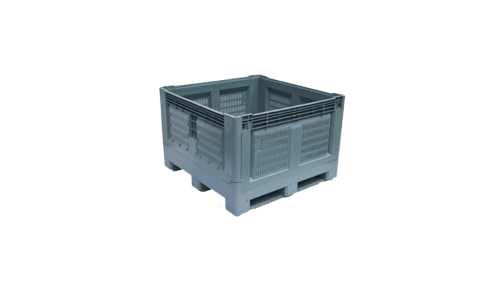We live in a world that is full of products and items that are either impossible or difficult to recycle. This is sometimes because of public and corporate ignorance, recycling inviability, or the fact that the processes are simply not set up in order to effectively develop a life-cycle strategy that is environmentally conscious.
Life cycle assessments give businesses and consumers more flexibility when making their purchasing decisions.
Life cycle assessment
Many brands are now concerned with their life-cycle assessment, which is the measurement used to track the end-to-end life of a product; essentially, from the cradle to the grave. Any holistic analysis requires an in-depth assessment of how an item is produced, how it is manufactured, what its distribution entails, its use and eventually its disposal.
Fast fashion is a high-profile example of an industry that is in the spotlight for wastage and a careless corporate attitude to the life-cycle of its products. According to the US Environmental Protection Agency 15.1 million tonnes of textile waste was produced in 2013, and of this textile waste, 12.8 million tonnes were discarded.
H&M, the Swedish multinational known globally for its fast fashion has recently implemented a “closed loop” system for its textile fibres. This is essentially a way for the organisation to take back and collect used items from customers in order to help them recycle them. This system, in turn, aims to reduce overall wastage, and H&M aims to have “zero garments going to landfill” with its new initiative.


How does it help?
When Levi Strauss & Co announced its life-cycle assessment in 2007, it found that the greatest energy and water impact was split into two areas: consumer use and cotton cultivation. By conducting this assessment, they were able to determine more efficient cradle-to-grave systems, effectively making them a more responsible and efficient corporation.
As well as helping corporations to be more efficient, life-cycle assessments give businesses and consumers more flexibility and transparency when making their purchasing decisions.
Longer working lives for items
The core environmental component that makes plastic pallets so environmentally friendly is their durability. A plastic pallet is made to be used and reused a great deal more than a wooden pallet and has an on average 10 times longer working life. as plastic pallets can be milled down; the plastic reused and re-purposed.
When a plastic pallet becomes damaged, the owner can decide when they would like to take that particular pallet out of the rotation, as opposed to wooden pallets. Plastic pallets can also be re-purposed as storage at the owners discretion or milled down; the plastic reused and re-purposed.
If you would like to know more about how plastic pallets could save your company money, as well as cost the environment less in emissions and negative impacts, get in touch with Eco Pallets Australia today.










Comments are closed.